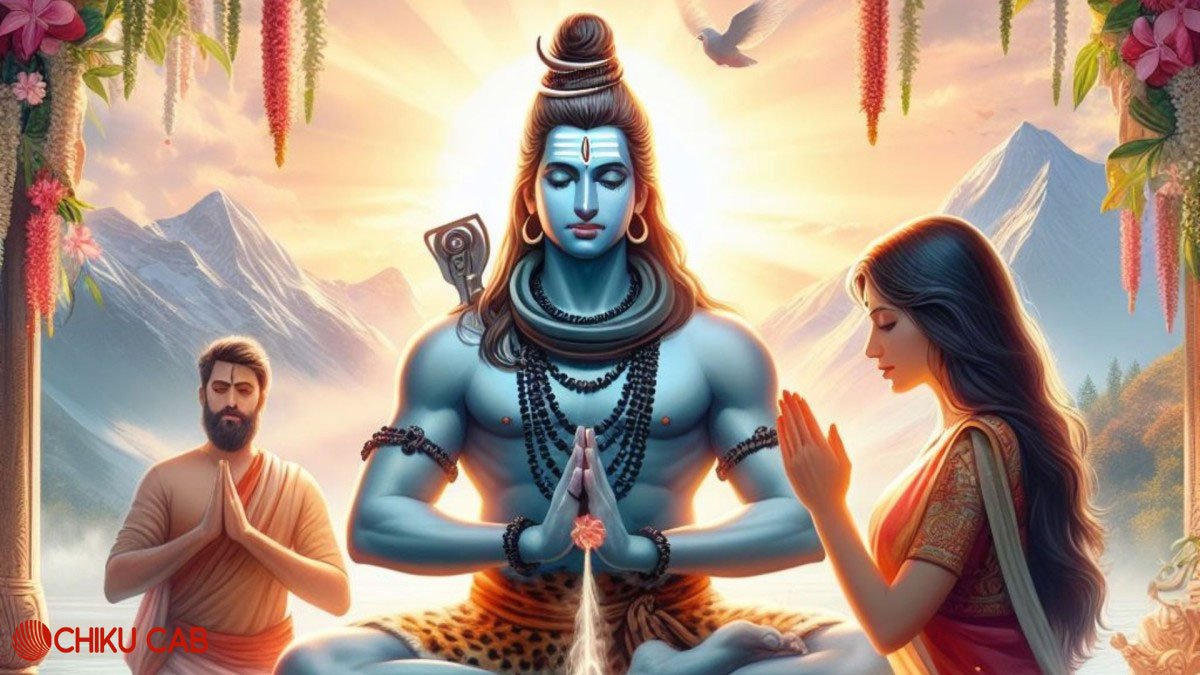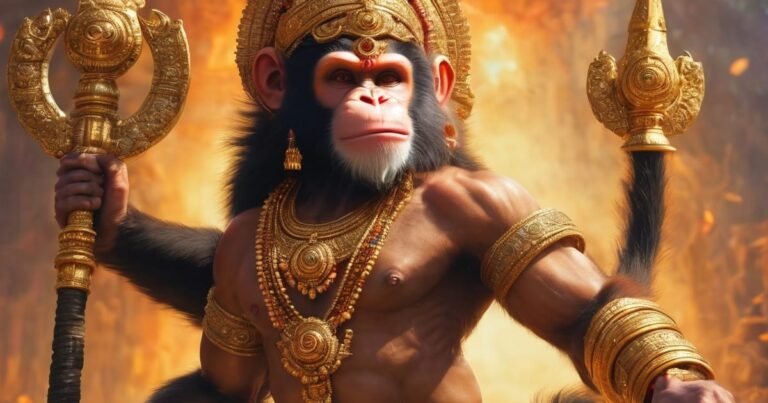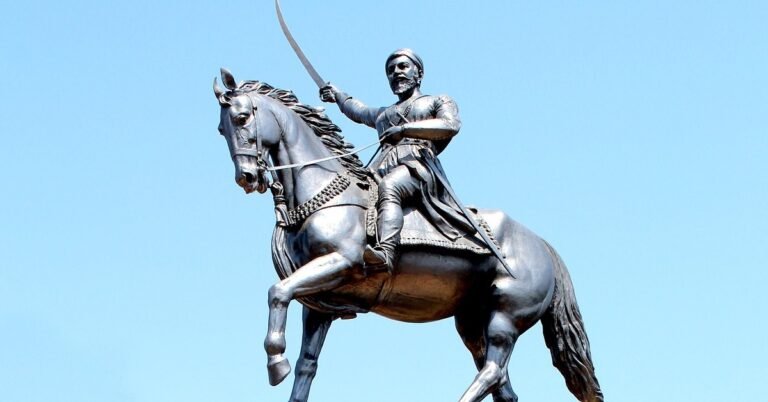Mahashivratri, the grand night of Shiva, is a festival steeped in devotion, mythology, and cosmic significance. Its origins are rooted in rich symbolism and legends, such as the Samudra Manthan, where Shiva’s selfless act of consuming the deadly poison Halahala earned him the name Neelkanth (blue-throated) and the celebration of his divine marriage to Parvati, representing the union of cosmic consciousness and divine feminine energy. This auspicious night is a time for devotees to connect with the divine through fasting, chanting and vigil.
Shiva’s iconography, while often emphasizing his ascetic nature and cosmic powers, is further enriched by his association with various animals. These creatures are not merely companions but symbolic representations of Shiva’s attributes and the forces of nature he commands. This Mahashivratri, let’s explore the fascinating stories and symbolism behind Shiva’s animal vahana (vehicle) and his other associated creatures each embodying a unique aspect of his multifaceted persona.
Nandi: The Loyal Bull – Strength, Devotion, and Dharma
Nandi, the sacred bull, is Shiva’s vahana, gatekeeper and most devoted follower. He embodies strength, virility and unwavering loyalty. His constant unwavering gaze upon Shiva symbolizes the importance of single-minded devotion and adherence to dharma (righteousness). Nandi reminds us to stay focused on our spiritual path with unwavering dedication.
The Serpent (Vasuki): Coiled Power – Transformation, Energy, and Cosmic Cycles
The serpent coiled around Shiva’s neck is Vasuki, king of the serpents. He represents Kundalini Shakti, the dormant primordial energy within us, often depicted as a coiled serpent at the base of the spine. Vasuki also symbolizes Shiva’s control over desires and the passage of time. The snake’s ability to shed its skin symbolizes transformation, mirroring Shiva’s role in the cosmic cycle of creation, preservation and destruction. It signifies control over primal instincts and the cyclical nature of time.
The Tiger and the Deer: Opposites Attract – Balance, Power, and Grace
Shiva is often depicted wearing a tiger skin showcasing his control over raw power and primal instincts. The tiger embodies strength and ferocity. Alongside the tiger we sometimes see the gentle deer symbolizing grace, innocence and the delicate balance of nature. Together, they highlight Shiva’s all-encompassing nature and the harmony of opposites – power tempered with compassion.
The Lion: Royal Majesty – Courage, Leadership, and Divine Authority
Though not as commonly depicted as Nandi, the lion is also associated with Shiva, particularly in certain forms. The lion represents royalty, courage and leadership. It emphasizes Shiva’s majestic nature as a powerful deity, commanding respect and embodying divine authority.
The Elephant: Strength, Wisdom, and Overcoming Obstacles
Ganesha, Shiva’s son, with his elephant head, is a prime example of the elephant’s significance. Elephants symbolize strength, wisdom and the ability to overcome obstacles. Their association with Shiva’s family highlights these positive qualities suggesting wisdom and resilience in the face of challenges.
The Monkey: Playful Energy, Devotion, and Humility
Monkeys, often depicted in association with Hanuman (a devotee of Rama, an avatar of Vishnu, but also deeply connected to Shiva), represent playful energy, devotion and humility. They remind us to approach our spiritual journey with a sense of joy and surrender, embracing devotion with humility and playful enthusiasm.
The Peacock: Beauty, Pride, and Grace
The peacock, with its vibrant plumage, is associated with Kartikeya (Skanda), another son of Shiva. It symbolizes beauty, pride, grace and dignity. The peacock’s majestic display reflects the divine beauty and grace associated with Shiva’s family.
The Dog: Loyalty, Protection, and Unwavering Companionship
Dogs, though not always directly linked to Shiva himself are often seen around temples, representing loyalty and protection. They remind us of the importance of faithfulness, guardianship, and unconditional companionship.
The Mouse: Humility, Resourcefulness, and Problem-Solving
Ganesha’s vahana, the mouse, though small, is a symbol of humility and resourcefulness. It reminds us that even the smallest creatures have a role to play and that cleverness and adaptability can overcome any challenge. It emphasizes the importance of looking beyond appearances and appreciating the power of resourcefulness.
Summary: A Tapestry of Symbolism
Shiva’s association with such a diverse range of animals is not accidental. It’s a powerful reminder of the interconnectedness of all living beings and the importance of respecting nature. Each animal embodies specific qualities that reflect aspects of Shiva’s divine personality and the lessons he imparts. From Nandi’s unwavering devotion to the serpent’s representation of transformative energy, each creature adds a thread to the rich tapestry of Shiva’s symbolism.
This Mahashivratri, let’s not only celebrate Shiva but also the beautiful tapestry of life he represents – a wild kingdom of balance, power, and harmony.
Let’s delve deeper into the symbolism of Shiva’s animal companions. Reflect on the qualities they represent and how you can incorporate these virtues into your own life. Share your insights and connect with the Pawpaa community! Let’s celebrate the divine together.








